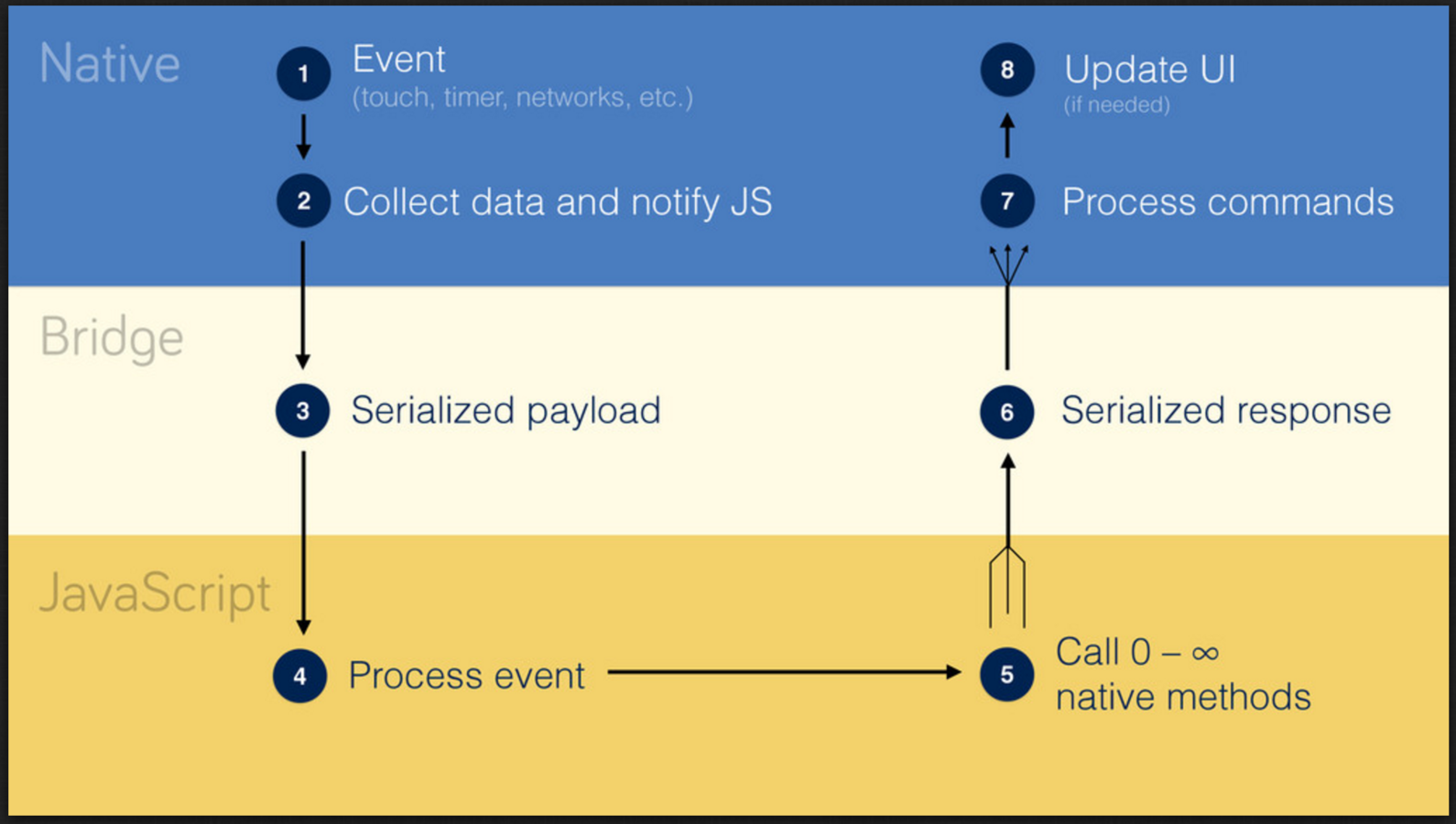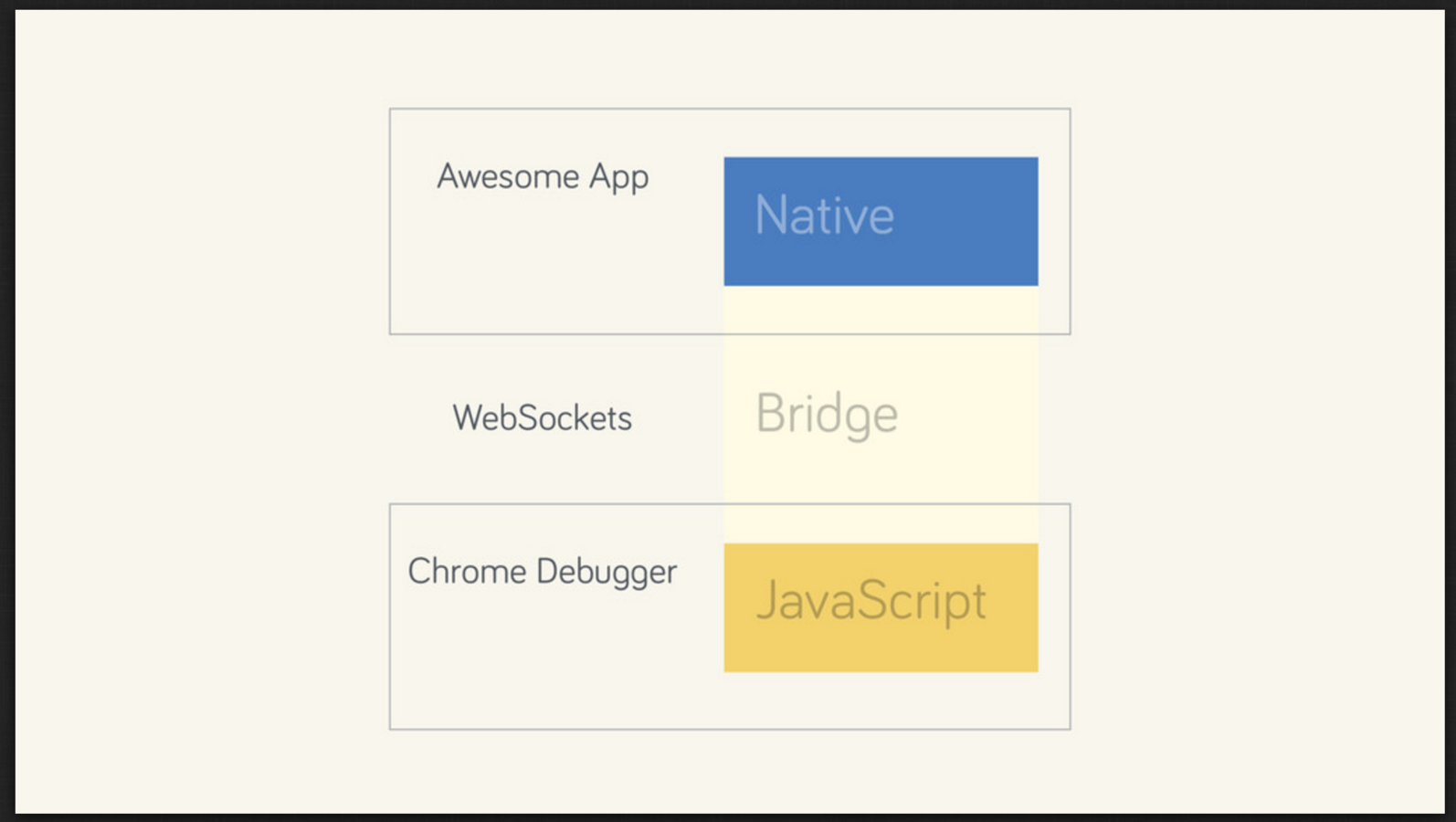A tour on the
React ecosystem

Carlos Guedes - 2015/12/02
Carlos Guedes
Sky Uk Limited (we are hiring!)
Toptal


Software Engineer
+10 year experience in Web
Former teacher at ISEL
This is all about JavaScript
Churn In the JavaScript World (Jul14)
In the news*
* Thoughtworks' Technology Radar
JavaScript Settles to Merly Chaotic (Nov15)
- Grew a lot in the past years
- Now has a sustainable and open plan (TC39)
Growth
- @1999 - ES3
- @2011 - ES5
- @2015 - ES6 (JavaScript 2015)
- @2016 - ES7 (JavaScript 2016)
- @2017 - ES8 ...

Language Improvements (ES6)
Spread Operator and Rest Parameters
[1, 2, ...[3, 4, 5], 6, 7]
Arrow Functions
[1, 2].map(v => v * 2)
Assignment Destructuring let { id, title } = this.props.album
Template literals text = `Album ${title} contains ...`
Object literals let obj = { foo, [key]: value, fn() {} }
Classes
class Todo extends Component {
}
varlet const
Symbols const symbol = Symbol('some desc')
Iterators
Generators
Promises
Maps WeakMaps Sets WeakSets
Proxies
Reflection
Modules export const foo = 'bar' import { render } from 'react-dom'
- Module bundlers (Webpack, Browserify)
-
Transpilers are our new friends
- JavaScript to JavaScript
- Babel is King
Tools & Techniques
- Hot Reload / BrowserSync
- Universal / isomorphic apps
- Local CSS
- StandardJS, ESLint
- Developer Tools (Chrome, Firefox, ...)
- ...
React
UI = f(data)
every time data changes, UI is re-rendered*
const { Component } = React
class Click extends Component {
constructor() {
super()
this.state = { counter: 2 }
}
handleClick() {
this.setState({ counter: this.state.counter + 1 })
}
render() {
const { counter } = this.state
return (
<a onClick={_ => this.handleClick()}>
You have clicked <strong>{counter}</strong> times.
</a>
)
}
}
ReactDOM.render(
<Click />,
document.querySelector('#root')
)
Click component
Reconciliation
React's key design decision is to make the API seem like it re-renders the whole app on every update.
renderA: <div style={{color: 'red'}} />
renderB: <div style={{fontWeight: 'bold'}} />
=> [removeStyle color], [addStyle font-weight 'bold']heuristics
n = 100 1.000.000 10.000
Demo
class Todo extends React.Component {
static propType = {
text: React.PropTypes.string.isRequired,
completed: React.PropTypes.boolean,
onToggle: React.PropTypes.func
}
render() {
const { text, completed, onToggle } = this.props
return (
<li onClick={onToggle}
style={{
textDecoration: completed
? 'line-through'
: 'none'
}}
>
{text}
</li>
)
}Todo component
const Component = (props) => <ui />
React 0.14
Stateless Functions
const Todo = ({
text, completed,
onToggle,
}) => (
<li onClick={onToggle}
style={{
textDecoration: completed
? 'line-through'
: 'none'
}}
>
{text}
</li>
)Stateless - Todo component
<Todo text='Hey'
completed={false}
onToggle={...} />Demo
React
is for the view
Where is stored the application state?
State is managed by stores
... all the "fluxes"
Unidirectional flow

Flux architecture
They have got a lot of (recurring) problems in the past with bidirectional flow
flux
reflux
redux
fluxxor
by Dan Abramov
(gaearon)
by Facebook
Store implementations
...ux...
redux
$ npm install redux react-redux
Three principles
- Single source of truth
- State is readonly
- Mutations are written as pure functions
You need to know
- redux is not tied to react
- react-redux binds redux to react
- ng-redux; ng2-redux; redux-falcor; ...
- redux was written to support hot reload

They have made a cartoon!
redux is for data
like
react is for UI
state = f(state, action)
state = f(state, action)
- Predictability
- no side-effects
- hot-reload
- time-machine
- f is a reducer
state = f(state, action)
// Counter reducer
function counter(state = 0, action) {
switch(action.type) {
case 'INCREMENT_COUNTER':
return state + 1
case 'DECREMENT_COUNTER':
return state - 1
}
return state
}const store = createStore(counter)
// Action dispatching and store state
const before = store.getState()
store.dispatch({ type: 'INCREMENT_COUNTER' })
const after = store.getState()
expect(after).toEquals(before + 1)
Demo

Application
Demos
Counter
Todo
API Explorer
const { createStore } = Redux
function counter(state = 0, action) {
switch(action.type) {
case 'INCREMENT_COUNTER':
return state + 1
case 'DECREMENT_COUNTER':
return state - 1
}
return state
}
const store = createStore(counter)
store.dispatch({ type: 'INCREMENT_COUNTER' })
class App extends React.Component {
render() {
return (
<Counter value={store.getState()} />
)
}
}
const Counter = ({value}) => <div>Counter: {value}</div>
function render() {
ReactDOM.render(
<App />,
document.querySelector('#root')
)
}
render()
store.subscribe(render)
store.dispatch({ type: 'INCREMENT_COUNTER' })
store.dispatch({ type: 'INCREMENT_COUNTER' })React libs
react-router
$ npm install react-router
import React from 'react'
import { render } from 'react-dom'
import { Router, Route, Link } from 'react-router'
const App = React.createClass({/*...*/})
...
render((
<Router>
<Route path="/" component={App}>
<Route path="about" component={About} />
<Route path="inbox" component={Inbox}>
{/* add some nested routes where we want the UI to nest */}
{/* render the stats page when at `/inbox` */}
<IndexRoute component={InboxStats}/>
{/* render the message component at /inbox/messages/123 */}
<Route path="messages/:id" component={Message} />
</Route>
</Route>
</Router>
), document.body)import React from 'react'
import { Link } from 'react-router'
...
<div>
<h1>Messages</h1>
<div className="master">
<ul>
{this.props.messages.map(msg => (
<li key={msg.id}><Link to={`/inbox/messages/${msg.id}`}>{msg.subject}</Link></li>
))}
</ul>
</div>
</div>
DEMO
react-router
react-boostrap
$ npm install react-bootstrap
const NavDropdownExample = React.createClass({
handleSelect(event, selectedKey) {
event.preventDefault();
alert('selected ' + selectedKey);
},
render() {
return (
<Nav bsStyle="tabs" activeKey={1} onSelect={this.handleSelect}>
<NavItem eventKey={1} href="/home">NavItem 1 content</NavItem>
<NavItem eventKey={2} title="Item">NavItem 2 content</NavItem>
<NavItem eventKey={3} disabled>NavItem 3 content</NavItem>
<NavDropdown eventKey={4} title="Dropdown" id="nav-dropdown">
<MenuItem eventKey="4.1">Action</MenuItem>
<MenuItem eventKey="4.2">Another action</MenuItem>
<MenuItem divider />
<MenuItem eventKey="4.4">Separated link</MenuItem>
</NavDropdown>
</Nav>
);
}
});
ReactDOM.render(<NavDropdownExample />, mountNode);
React-Bootstrap is a library of reuseable front-end components. You'll get the look-and-feel of Twitter Bootstrap, but with much cleaner code, via Facebook's React.js framework.
const modalInstance = (
<div className="static-modal">
<Modal.Dialog>
<Modal.Header>
<Modal.Title>Modal title</Modal.Title>
</Modal.Header>
<Modal.Body>
One fine body...
</Modal.Body>
<Modal.Footer>
<Button>Close</Button>
<Button bsStyle="primary">Save changes</Button>
</Modal.Footer>
</Modal.Dialog>
</div>
);
ReactDOM.render(modalInstance, mountNode);DEMO
react-bootstrap
React
Native
- Distinct technology stacks
- Cannot share nothing
- Iteration speed gets lower
- Gets harder to scale teams
Why
"Learn once, write anywhere"
"Write once, run anywhere"
"Write once, run anywhere"
How
React Native is focused on changing the way view code is written. For the rest, we look to the web for universal standards and polyfill those APIs where appropriate.
How
Web got it!
Distinct technology stacksWe cannot share nothingIteration speed gets lowerGets harder to scale team
- HTML, CSS, JS
- Some code and tech
- F5 reload / hot-reload
- React!
Is it fast?
reconciliation
batch updates
async and native updates
60 fps

The flow
The flow
